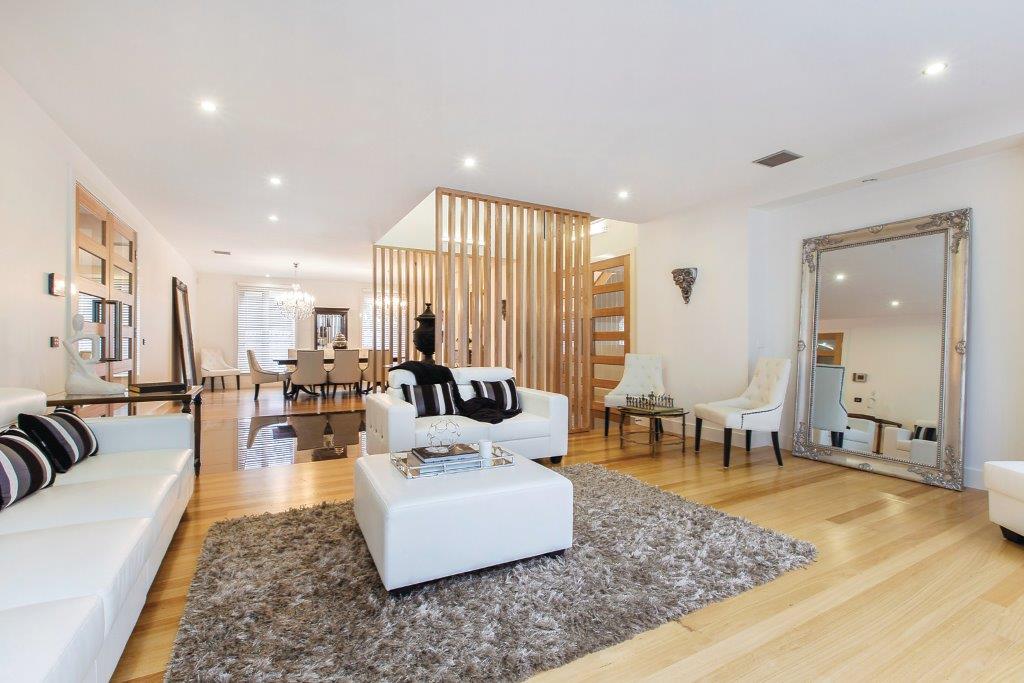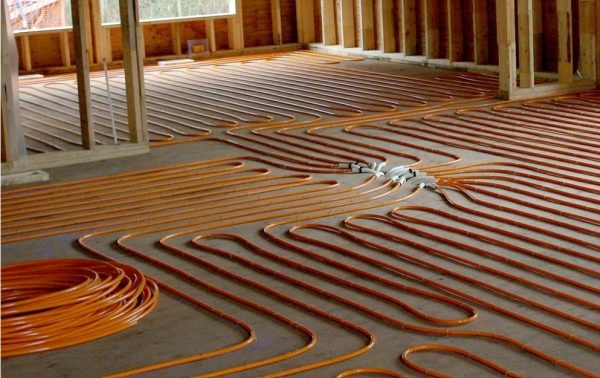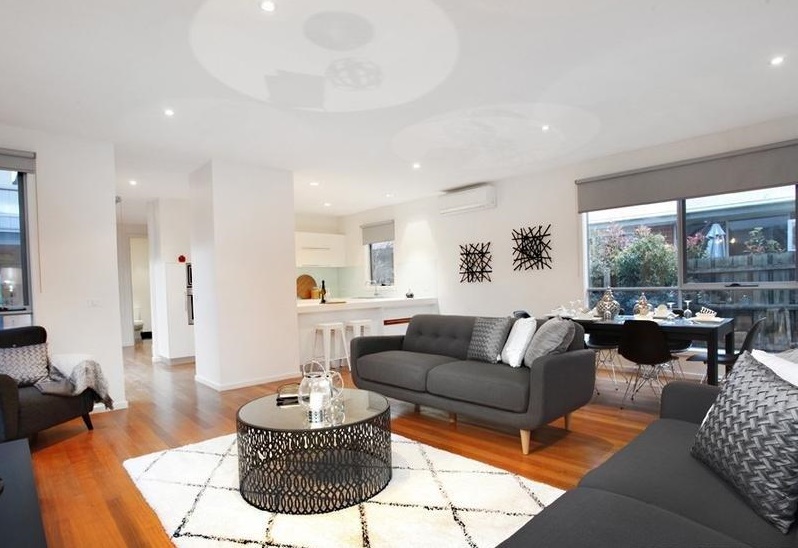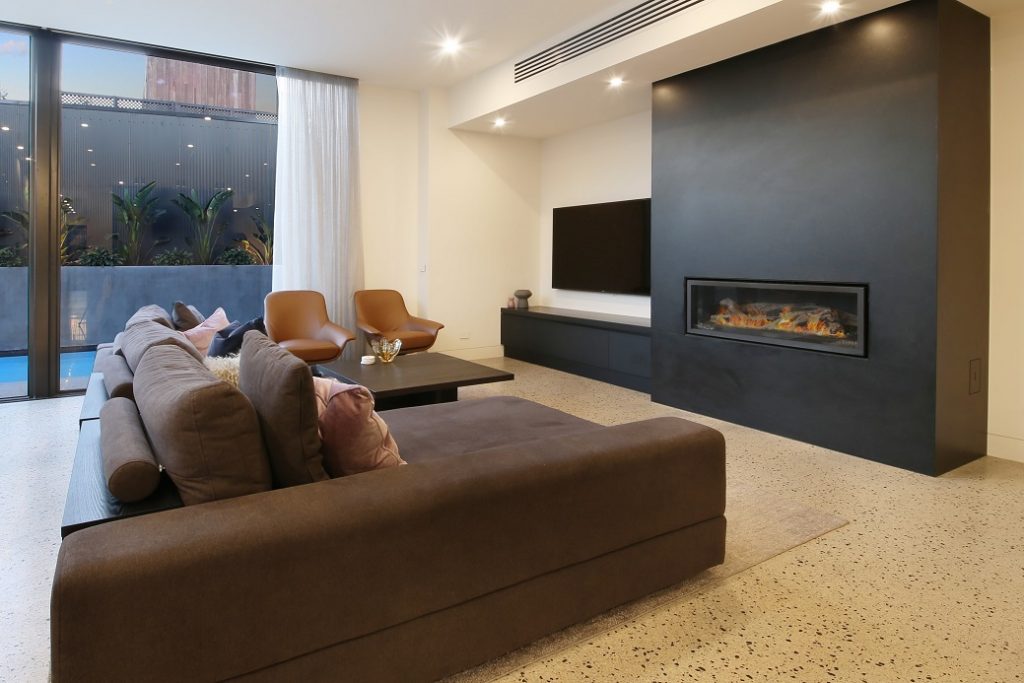There are many choices to make when it comes to having a custom home built for you and it can be an exciting time, but also a time when you will need professional guidance on the style of home you want. Your heating options will need to match your needs and your home design.
There will be many of your own concepts that will require considered integration from a safety and design perspective and that’s where having a highly experienced home designer and custom home builder in Melbourne that work together, will assist you greatly.
Making the right decision about your heating and cooling for your custom built, new home will mean you have considered energy requirements, floor plan / layout, room sizes and your budget. Given the seasons and weather of Melbourne, you’ll also need to keep in mind the climate when making these choices.
Choosing heating and cooling is a decision you’ll want to get right as your heating and cooling capacity / efficiency and energy bills will be dictated by your choices, for many years to come.
Here Are Some Considerations for Heating Your Custom Built Home.
Gas Ducted Central Heating

This is one of the most common forms of heating used in new homes today. It has the option of being bought as a 3, 4 or 5 star unit and is the entry point for most heating options.
These types of units now have the ability to be upgraded to include both heating and cooling of your home. When you request the incorporation of cooling in this system it is referred to as ‘add on cooling’.
Ducted central heating is highly recommended as a way to warm your entire home using one unit. As a ducted system, it consists of a heater and a range of ducts connected to each room; either through the roof or under the floor with a vent system either in the ceiling or under the floor where the air escapes into the home.
This is an ideal heating solution if you would like the option to heat all or only certain zones of your home. In some cases there are different thermostats controlling separate zones.
The natural gas used is an energy efficient way of maintaining a comfortable temperature throughout the cooler months. There are some associated electricity costs due to the fans used to circulate the air but this type of heating still remains a popular choice.
Hydronic Heating

This type of home heating uses water that is heated through a gas boiler and transported through pipes around the home to disperse an even heat. The water then returns to the boiler to be reheated.
The water is distributed in three possible ways depending on your heater choice. The most common selection is radiators with other options being fan-coil units or pipes in the concrete floor of the house slab.
This style of heating is great for those with allergies, asthma or respiratory problems as the water is contained and it doesn’t rely on a filter to circulate the air. For these reasons, it is considered clean, less drying and also passive due to being completely silent.
Hydronic heating does take longer to heat rooms and installation can be more costly than other types of heating but for those building a custom home, they are generally more interested in lifestyle choices first.
Split Systems

Split systems are also referred to as wall mounted splits and used for heating single rooms or smaller open spaces. With this type of system you can heat select rooms instead of the entire house.
The most common residential split system is comprised of two units; an outdoor unit, which contains the compressor and an indoor unit that provides the conditioned air into the space.
This split system is often used in rooms where limited roof space or structural members make it difficult to run duct work that other forms of heating require. For this reason, they will give you the maximum flexibility in heating and cooling your home.
Split system heating is quiet, economical to run and is reverse cycle so can be used for both heating and cooling.
Gas Log Heating

Many people enjoy the focal point that a gas log heater provides and for this reason, consider them as a supplementary form of heat for their new home. They provide the ambience of a real open fire place without the need for wood, nor the clean up after use.
They replicate the warmth of a fire place and are available as built-in or stand-alone. There are quite a few designs of gas log heaters so you’ll be sure to find one that fits with the style of home you want built.
Keep in mind there is a difference between a gas log heater and an electric log heater.
The electric log heater is there for show and cannot be used as a source of heat. Gas log heaters do provide a source of heat and can be rear vented, giving more flexibility in a double storey home.
Gas log heaters are convenient to use as they are fully automatic with simply turning on or off the gas. When compared with solid fuel heaters, they are cleaner and safer with the flame being behind glass.
For more information on heating and your home you can visit Sustainability Victoria or find out more about product energy ratings for particular products through the government energy ratings website.
